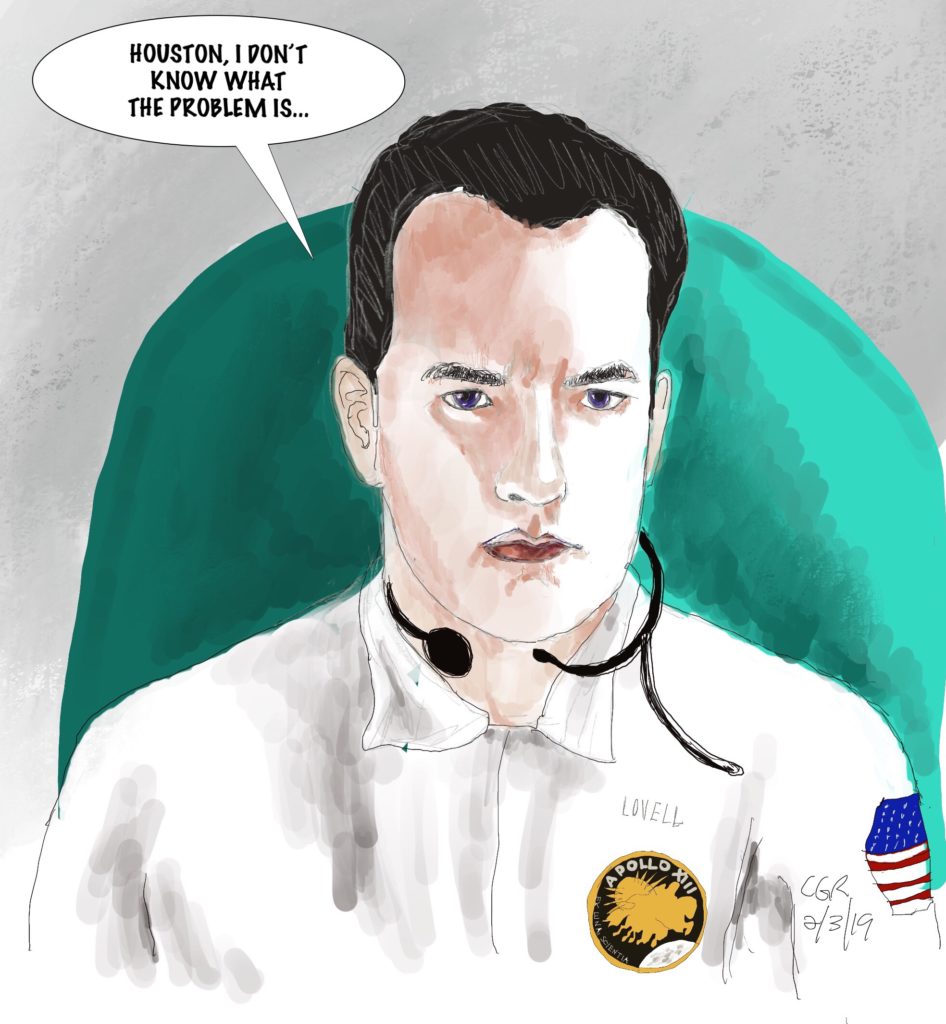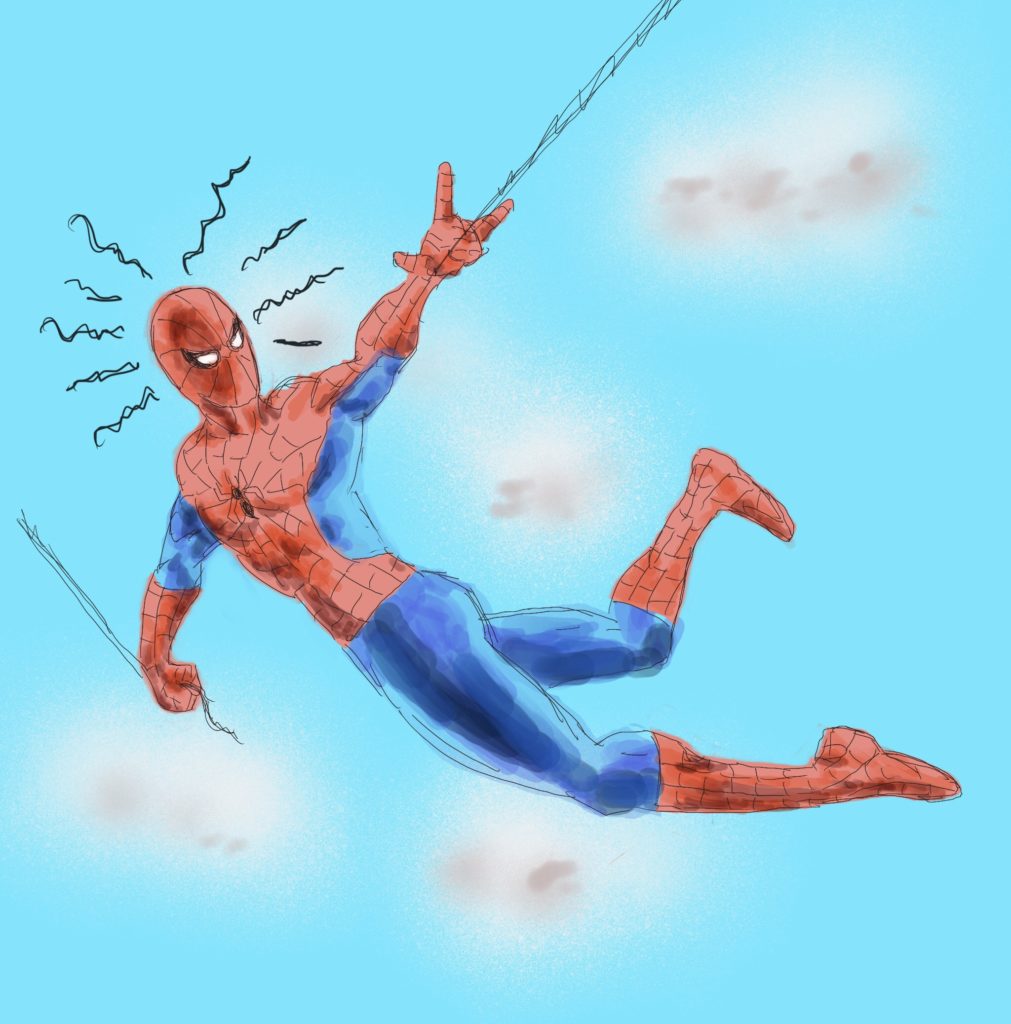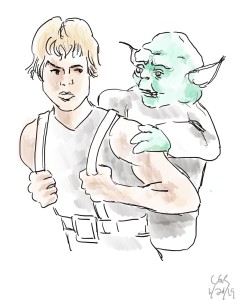
And, now, we’re back to problem solving…
The NASA spaceship Odyssey was 205,000 miles away from earth when astronauts Jim Lovell, Fred Haise and Jack Swigert heard what they described as a “pretty large bang”. This was accompanied by electrical fluctuations onboard and the momentary loss of communication with Earth. Their second oxygen tank reading was zero. When they looked out the window, they saw that the Odyssey was venting gas. Clearly, they had a problem—but what? They didn’t even know if what they heard was an explosion or the impact of a meteorite. And if it were an explosion, what caused it and which parts of the Odyssey did it affect? The specific answers to all these questions marked the difference between the success and failure of the mission, with “success” meaning that Lovell and Haise would land on the moon in the Aquarius and then plant the flag.
In the latter parts of the math section of the SAT the questions get harder. The questions have fifty words or so and the student has less than fifty seconds to read it and solve it. If they get past their intimidation—which they often do—as they read the question they will recognize many elements, realize that they know all the necessary math, start executing the steps they know and then get an answer.
Only later on do they find out they got wrong answer because they solved the wrong problem. They hadn’t read all the way to the end of the question so they didn’t actually know what the real problem was. Or they simply misunderstood the question because the excitement of recognition drew them away from complete understanding and, therefore, the correct solution.
After the accident on the Odyssey, it wasn’t immediately obvious that the astronauts’ survival was at stake. After all, they were still breathing and they were still moving towards their original target—the moon. Only after an examination of the all the monitors on the Odyssey and a long series of physics calculations run by the NASA engineers on earth did the gravity of the situation become clear. Only then did they understand the true nature of the problem. Not only were Lovell and Haise not going to be able to take the Lunar Module and land on the moon, it wasn’t even clear that they were necessarily going to survive. The problem to be solved wasn’t a lunar landing. It was whether they were going to live and land back on earth. Their supply of breathable oxygen was now severely limited and they were hurtling away at thousands of miles per hour from the nearest known source of oxygen in the universe—talk about time pressure!
You know how this movie ends, of course. Lovell, Haise and Swigert returned home, their mission hailed as a “successful failure.” The movie Apollo 13 was largely accurate, down to the lines in the script taken directly from actual NASA communication transcripts (a bit of trivia: unlike Tom Hanks in the movie, what Jim Lovell actually said was, “Houston, we’ve had a problem”, not, “Houston, we have a problem”. Impress someone with that at your next party). But for all the excitement in the movie of solving the problem, most of the movie was really spent trying to understand the problem in the first place. Most of the movie was spent problem identifying instead of problem solving: identifying the real problem (survival) and clarifying the problem (the constraints imposed by a limited supply of oxygen and Newton’s Laws of Motion).
So this is step two of solving any problem, what my students have to do in less than fifty seconds.
How to Solve Any Problem
Step 1: Get your mind right
Step 2: Identify and clarify the problem


